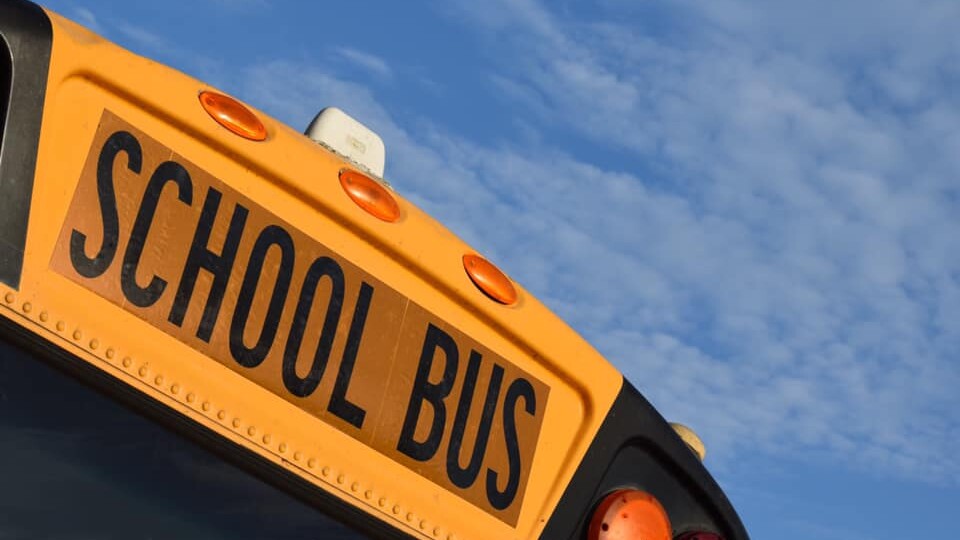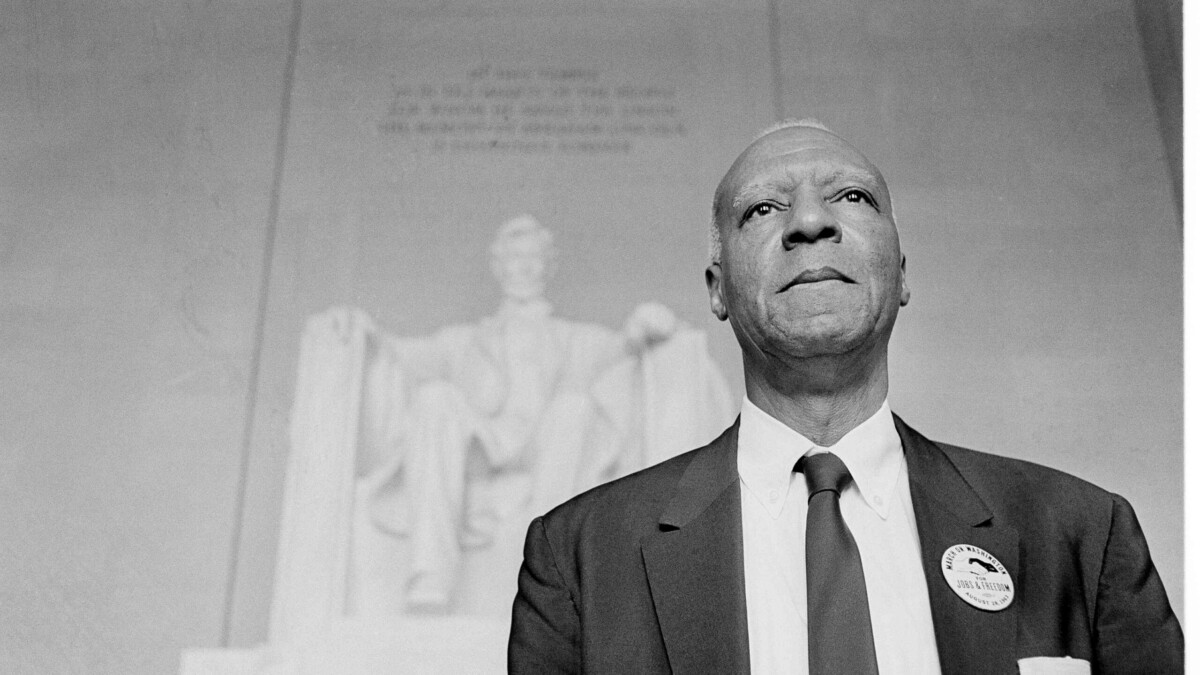Duval school bus policy changes will affect less than 1% of Jacksonville’s public school students — but they will feel the change in a big way.
When school starts next month, certain middle- and high-school students will no longer qualify for bus transportation because of a cost-cutting decision the School Board made in May. Previously, the district bused all students who lived outside a mile-and-a-half radius of their assigned school. In August, that will still be true for elementary students, but the determining distance for sixth through 12th graders will increase to 2 miles.
The change came as a gut punch to some parents who’d anticipated having transportation provided.
“I wouldn’t object if my kid wasn’t crossing a busy street where there isn’t a crossing guard…We are 1.8 miles from the school and I work full time!” a Jacksonville mom named Kelsey Anglen commented on Facebook on a news story about the bus policy change.
A district spokesperson said about 1,100 students are affected by the change, which brings the district more in line with state standards for student transportation. The state covers part of districts’ transportation costs, but only for busing beyond 2 miles.
Currently, Duval County spends more than $70 million per year on transportation and receives about $20 million from the state toward that. In May, the School Board debated how to balance its priority of keeping students safe with its need to save money wherever possible. The district expects to save between $250,000 and $500,000 as a result.
Board members Lori Hershey and Charlotte Joyce wanted the change to go even further. They advocated for increasing the distance to 2 miles for all students, including elementary schoolers. Joyce cited how much other large, urban school districts pay for their transportation services.
“We need to start making some changes, and this is one place we need to make it,” Joyce said. “We are spending double what other districts are spending on transportation per student.”
She said making exceptions for hazardous walking conditions could help protect especially vulnerable students.
Assistant Superintendent of Operations Erika Harding told the board the district uses a more rigorous safety standard than required under the state’s definition of hazardous walking conditions, commonly referred to as Gabby’s Law for Student Safety. For one, state law defines “heavy traffic” as 4,000 cars on a road per hour, but the district uses a much lower number when deciding if a bus stop should be located closer to a school.
District 1 board member Kelly Coker said exceptions for hazardous road conditions alone wouldn’t work for her district, which includes Arlington, because there is a “pretty large swath” that experiences violent crime.
“Knowing where some things have happened in the last six months – and the times of day that they have happened,” Coker said. “…having kindergarteners, first graders, second graders, walking through some of what has been happening in the early morning hours is something that I can’t do.”
The board voted 5-2 in favor of the school bus radius change – with Joyce and Hershey holding out because they wanted the change to apply to students of all ages, not just middle and high-schoolers.







